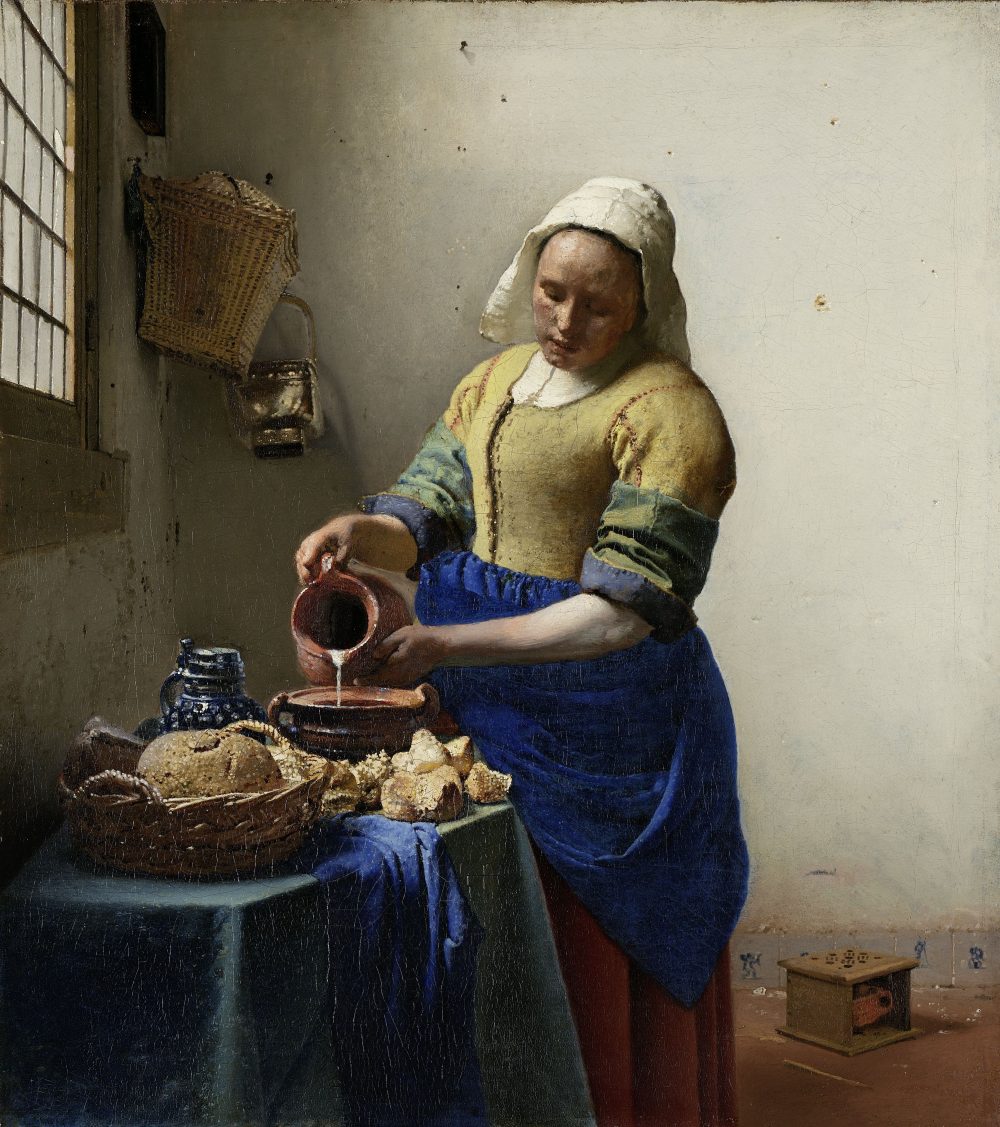The guest asked the waitress: ‘Is this milk fresh?’ She replies: ‘Three hours ago this milk still was grass’ (Phyllis Diller, American comedian and actress). Freshness is also shown in a Swedish discussion forum on the topic of raw milk, where one participant reported: ‘In the 1950s we delivered milk to the city of Linköping. The milk was milked at 6 a.m., cooled immediately and then offered for sale. In principle, people could already drink the fresh, chilled milk at breakfast.’
Milk as a raw food
The strange thing is that with other foods, the mentioning of the word ‘raw’ is never explicit. A salad is never mentioned as ‘raw salad’ and an egg is not called ‘raw egg’. Even minced meat is not mentioned being raw, although lots of people do not cook or bake this. However, if milk is untreated, raw milk is always mentioned in addition. This might create all sorts of associations, especially ‘dangerous’. In Germany, the industry specifically introduced the word ‘Trink Milch’ (= milk to drink) for the pasteurised milk offered as if, raw milk could not be consumed. It would, however, be more positive to speak of ‘fresh, unprocessed’ or ‘natural, untreated’ milk rather than ‘raw milk’. Every fresh food loses its freshness, will be degraded or spoiled, if not being treated by heating, fermentation, drying or conservatives. All these treatments are used to prolong the shelf life of a food. Milk eventually become sour when left at room temperature, because bacteria in the milk convert the milk sugar into lactic acid. In the past, people called such soured milk ‘clabber milk’. Lactic acid production is the basis of all fermentation processes. There is nothing wrong with that, unless a glass of milk is meant to be sweat milk or foamed milk for a cappuccino.
The milk used from other animals
Milk is a food that the baby gets in a direct physical exchange between mother’s nipple and the baby mouth. All female mammals have mammary glands and, depending on the type of mammal, a varying number of nipples can deliver milk. The ‘breasts’ of a cow, a goat and sheep are called an ‘udder’ and hang between the hind legs. Pigs usually have up to 14 functioning teats spread along the belly to feed a whole litter of piglets simultaneously. Humans as well as elephants suckle between the arms or forelimbs.
In addition to mother’s own breast milk, milk from non-humans have become a food for humans in the Western food culture. In all areas of the world, where people lived with ruminants, people started to use their milk. Masai milked their cows, Tibetans milked their Yaks. It was an important part of the start of agriculture. Since 12,000 years we use ruminants for milk production, mostly cows, goats, sheep or camels, but also donkeys or horses are milked as non-ruminants.
Cows, goats, sheep, camels and yaks can produce more milk than the offspring can suckle, especially if they continue to be hand milked and this has provided an excellent food for humans. Images from 2500 BC show how cows were milked while their calves were in close proximity. Still today, the African Himba tribe ties the calf to the hind leg of the mother cow in order to be able to milk the cow. Today’s milk cows have been bred to such an extent that the cows give their milk even in the absence of their calves, called ‘free milking’. This implies, that the cow lets her milk down without the presence of her baby calf. Most calves today are immediately separated from their mothers or within 1-5 days after birth. The farmer takes over the cow’s role for feeding the calf at regular intervals throughout the day. In more ethical or natural rearing dairy herds, the calves stay with their mothers in the herd and the amount of milk is shared between the calf and the farmer.
The raw milk chain
Almost all milk is today milked by machine and then stored in a chilled bulk milk tank at below 4°C. When milk is intended to be consumed as fresh, unprocessed milk, the freshness of the milk is very important. Fresh, unprocessed milk intended for direct human consumption is therefore immediately bottled by the farmer (raw milk farmer) after cooling and this milk is usually within 12-24 hours of milking delivered for sale. If raw milk is taken from the bulk tank itself during a farm visit delivering milk to be pasteurised, then the age of the milk depends on how often the milk is collected by the creamery and this is usually picked up every three days.
The immediate cooling of the body-warm (38°C) milk to below 4°C and the maintenance of the cold chain during transport are very important criteria to minimize the risk of undesirable bacterial growth. Furthermore, it is very important that raw milk farmers work according the highest standards of hygiene and have regular checks of zoonotic bacteria (pathogens). Altogether, these measures keep the risk for raw milk consumers extremely low.




